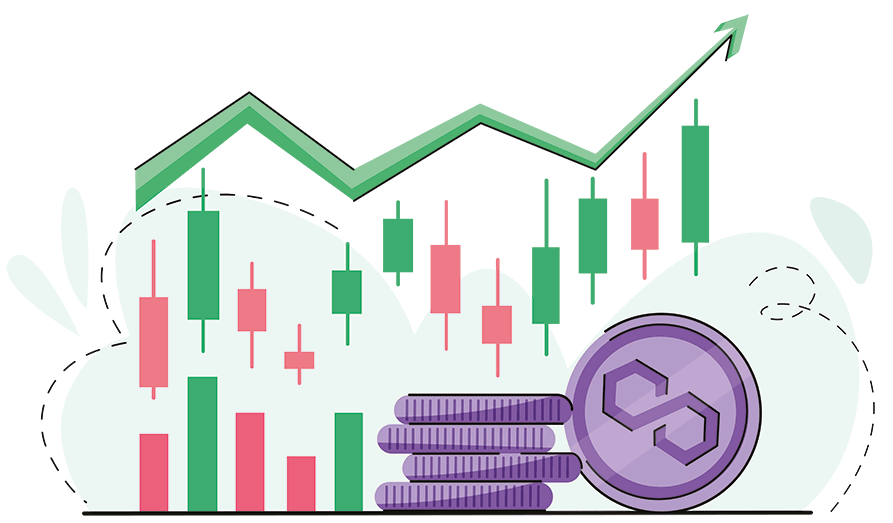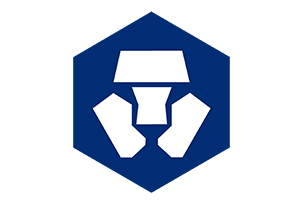
Below we address the ongoing rise of both Polygon and NEAR and how this looks going forward.
Go directly to
What’s happening with the Polygon blockhain and MATIC?
In its most recent round of partnerships, the Polygon blockchain is yet to confirm if its major innovation can have a beneficial influence on the status of the Polygon (MATIC) coin, even though such partnerships may further enhance the condition of crypto acceptance.
Stakeholder demographics were one of the only domains outside of cooperation where Polygon saw progress. The quantity of stakers in the Polygon network increased by 5.34% in the previous 30 days, as per Staking Rewards. However, the revenue produced by the stakers experienced a dramatic fall. The income dropped sharply last month by a staggering 39.13%. Furthermore, Polygon will find it challenging to maintain the expansion of the stakeholder base if the income keeps dropping.
An ideal moment for the coin?
Another encouraging development was the enormous increase in network expansion that Polygon noticed. Over the last month, a considerable increase in Polygon’s network size shows that further fresh addresses were transmitting their MATIC coins for the first time. The rise in the of daily user addresses over the previous 30 days would be evidence of the Polygon network’s high activity rate. This boost in the number of active accounts addresses might foreshadow future development.
The inevitable bearish downside
Despite Polygon’s increased activity, its volume stayed unstable and had significant swings throughout the previous month. Also significantly declining was Polygon’s Market Value to Realized Value (MVRV) ratio, which can be seen as an unfavorable sign.
Regardless of the increasing number of partnerships and everyday activity on the blockchain, MATIC was a sufferer of the bear market. Additionally, its volatility decreased, indicating that purchasing Polygon would be a far less hazardous option for investors.
A snapshot of the the NEAR protocol
When it comes to active users, NEAR protocol has seen a significant uptick. The Sweat Economy, a move-to-earn application similar to STEPN, may cause this increase. On October 15, Messari, a well-known cryptocurrency analytics company, tweeted that the NEAR platform’s daily active user count had sharply increased. Additionally, with “Sweat Economy,” the NEAR protocol surpassed several of its rivals.
The growth of the network
Over the previous few days, the platform’s staker population has also increased significantly. The NEARCON 2022 event in Lisbon, which presented the finest of the NEAR network and community, showed that there are currently 20 million members, twice the 10 million member count in July this year. Sweat Economy brought 14 million new customers to the Near Network through its own move-to-earn application. After experiencing a decline on October 12, the number of stakers increased by 0.48% over the previous week.
The data supplied by Staking Rewards shows that the staker revenue has consistently increased. Additionally, the potential revenue from betting NEAR risen by 9.76% in 2022.
The growing staker revenue may be responsible for the stakers’ enthusiasm. Nevertheless, the increase in development activities may have increased interest among investors and traders. NEAR’s development activity increased dramatically over the previous month, indicating that the NEAR protocol team may be working on fresh improvements and enhancements.
This increase in development activity may also push traders to buy NEAR on long. But before they decide, they should consider the weighted mood of NEAR. Over the recent days, the weighted attitude against the NEAR procedure has decreased. This suggests that the general public’s opinion of NEAR may be somewhat unfavorable.
Wrapping it up
In a nutshell, any sudden change in the market can cause a significant change in the cryptocurrency world and both Polygon and NEAR are no different. We’re in a bear market after all, so sudden upswings are always a welcome surprise. Keep following Crypto Lists for more news regarding exchanges, platforms, DEXs, and more.



 Crypto.com Visa card now integrated with Apple Pay
Crypto.com Visa card now integrated with Apple Pay Crypto.com launch staking functionality with 11.6% APR
Crypto.com launch staking functionality with 11.6% APR Crypto.com follows Coinbase in slashing 20% of headcount
Crypto.com follows Coinbase in slashing 20% of headcount
























